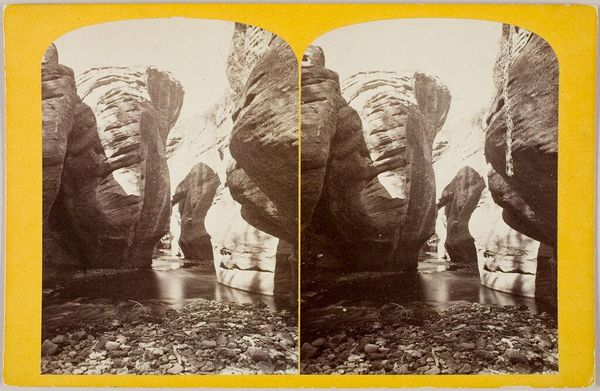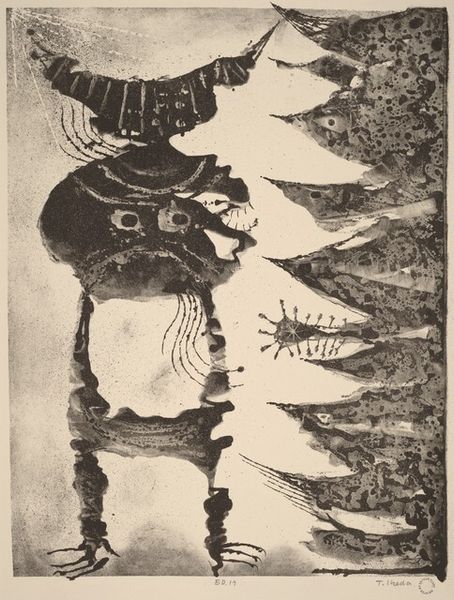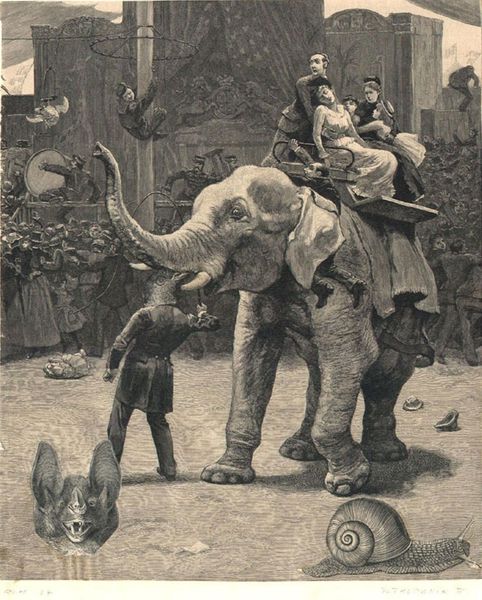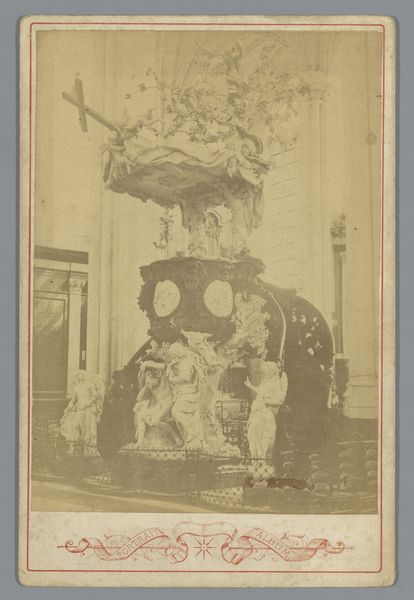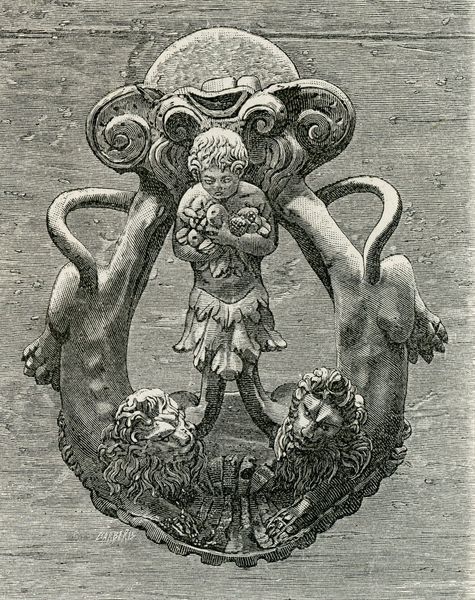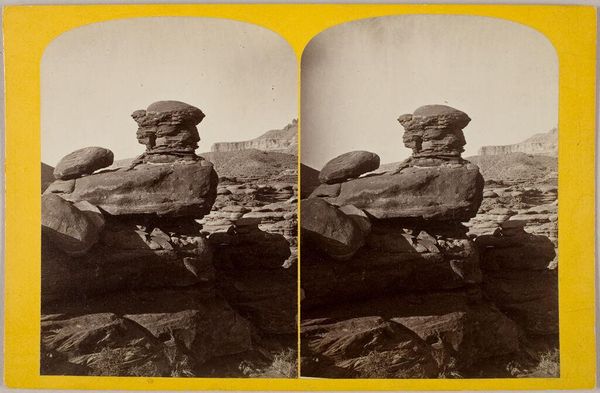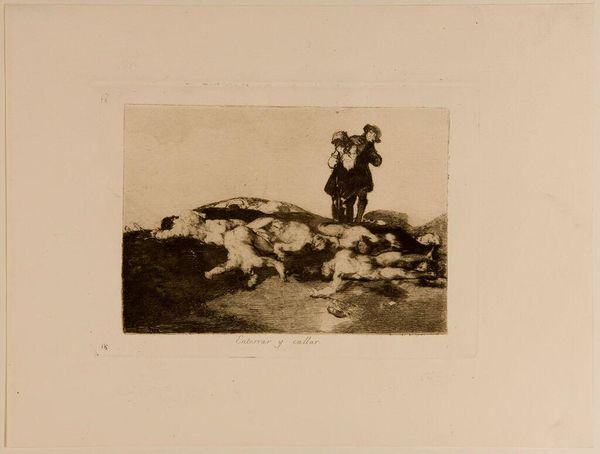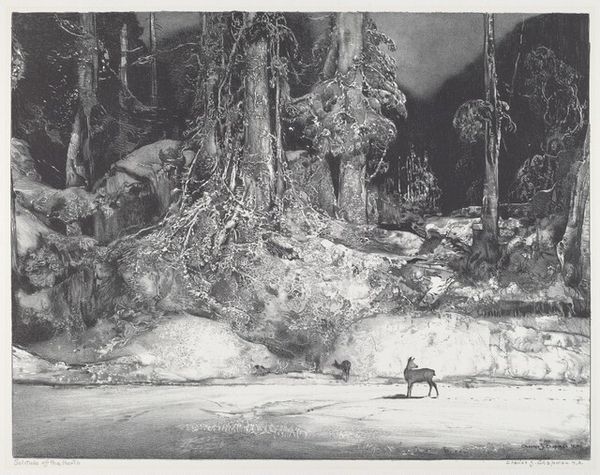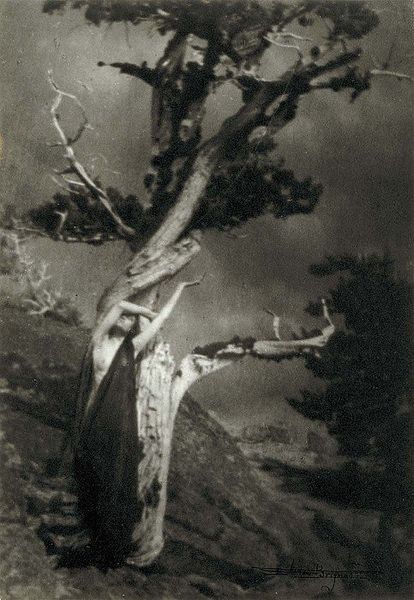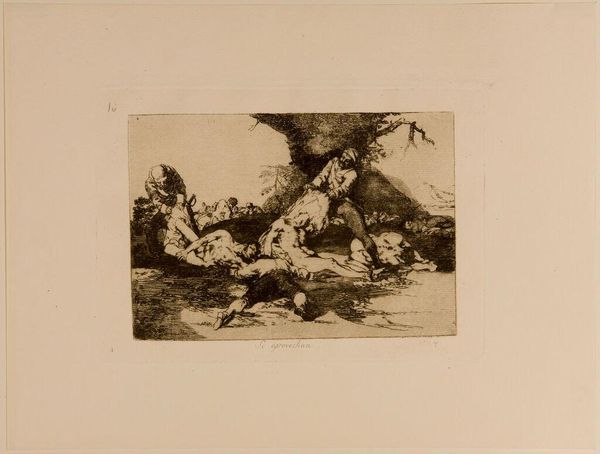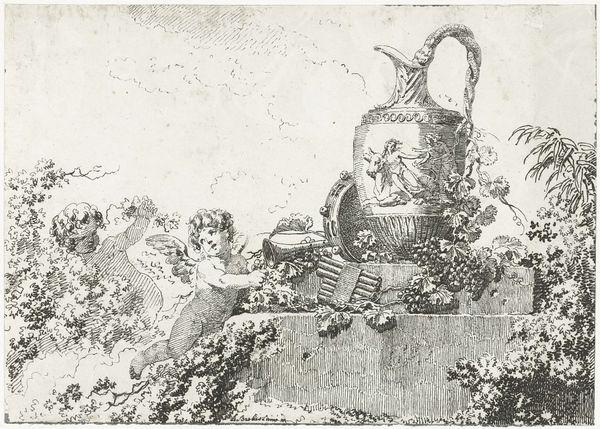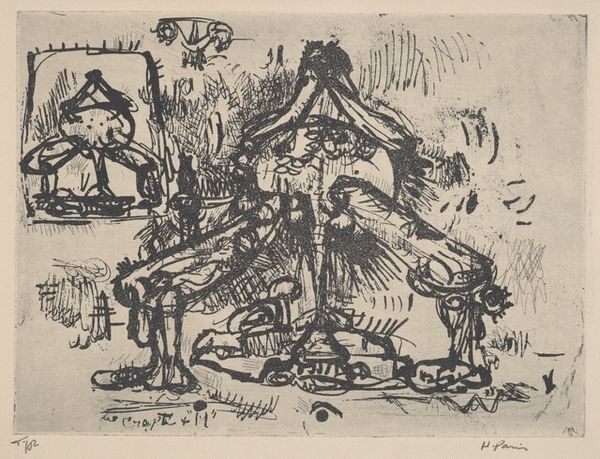
mixed-media, collage, photography
#
portrait
#
mixed-media
#
collage
#
photography
#
geometric
#
surrealism
#
surrealism
#
mixed media
#
erotic-art
Copyright: Georges Hugnet,Fair Use
Editor: Here we have Georges Hugnet’s "Untitled," created in 1936 using mixed media collage. The arrangement is rather dreamlike and fragmented. What do you see in this piece, particularly in terms of its materiality? Curator: I see a commentary on the commodification of desire through its very construction. The work highlights the means of production. By juxtaposing disparate photographic elements and fluid, perhaps even chance-based, applications of ink or dye, Hugnet dismantles any notion of a unified, original artwork. Instead, we confront the constructed nature of images themselves and consider them products of labor. Editor: So the use of collage itself becomes a statement about the breakdown of traditional artistic creation? Curator: Precisely. Collage is inherently about taking pre-existing materials and re-contextualizing them. What’s fascinating here is how Hugnet draws attention to the labor inherent in both the photographic images and their assembly. Consider how photography was becoming increasingly accessible, linked to burgeoning consumer culture, and Hugnet strategically layers, cuts and pastes, implicating the art object with mass production. Editor: The erotic element becomes another product, manufactured and consumed like any other commodity? Curator: Exactly. The very act of viewing becomes an engagement with a system of value production. The "high art" of surrealism meets the "low art" of magazine imagery, questioning such hierarchical distinction in its own making. This elevates what might have once been relegated as craft or "minor art" to center stage. Editor: This definitely makes me rethink collage as not just an aesthetic choice, but a social statement embedded in material processes. Curator: Absolutely, by thinking about its parts, the images reassembled, its creation becomes inherently materialist. Thank you, that's very insightful!
Comments
No comments
Be the first to comment and join the conversation on the ultimate creative platform.

